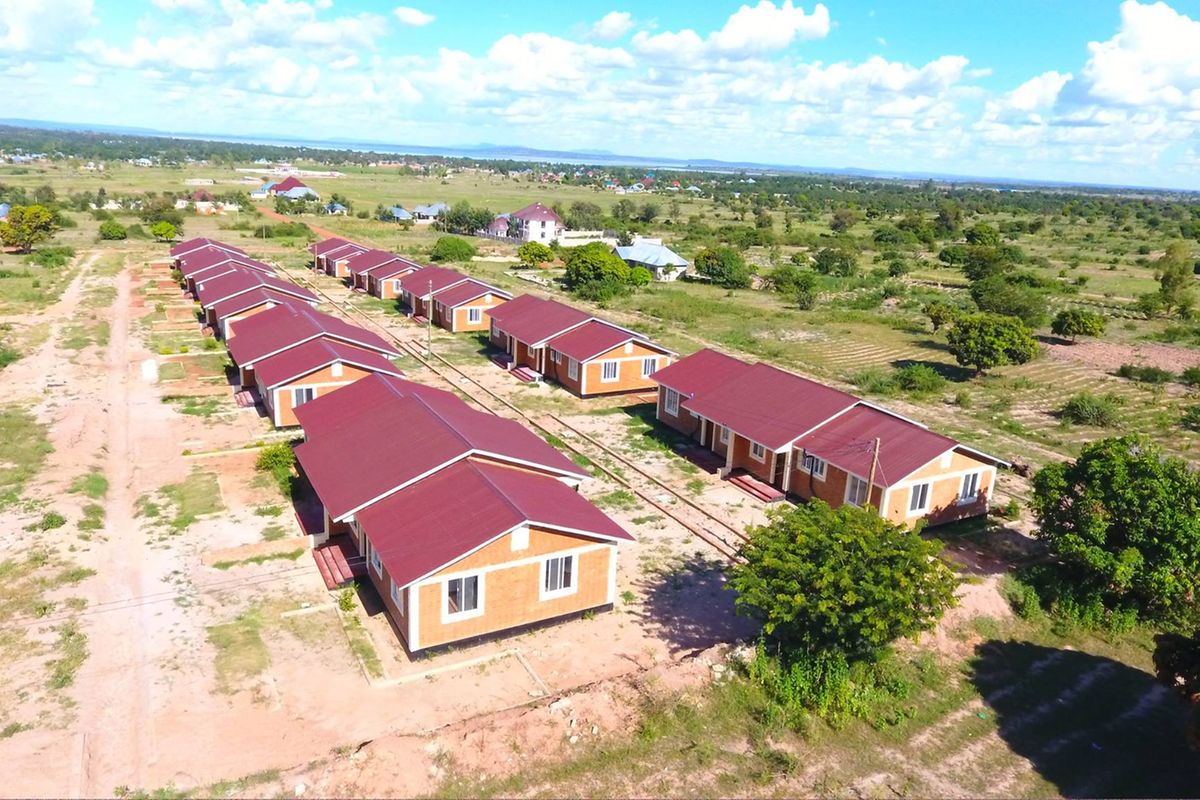In the latter part of February 2024, the Workers Housing Investment (WHI) announced that it was implementing its second phase of a robust project for the Public Servants Housing Scheme (PSHS) which seeks to construct 1,000 affordable houses in various regions of Tanzania including Dar es Salaam, Mwanza, Morogoro, as well as in the country’s capital city of Dodoma.
This immediately triggers a question: What is affordable housing?
Affordability is about the relationship between the price of the house and the income of the house seekers. The price of the house depends on the various factors including the cost of building materials, site topography, house design, house size including number of rooms, existence and quality of the various components and finishes, cost of labour and the existence of public infrastructure such as roads, water, electricity and sewer networks; waste management facilities, the cost of finance and labour, and a couple of others.
At the minimum, a house provides protection against the elements, but it is much more than that. It should be construed that housing is one of the basic human needs. The World Health Organization defines housing as “residential environment which includes, in addition to the physical structure that man uses for shelter, all necessary services, facilities, equipment and devices needed or desired for the physical and mental health and social well-being of the family”.
To attain these requires money, and the higher the aim to the ideal housing, the more costly it is likely to be.
The other side of the affordability equation is household income. In developing countries like Tanzania, household income is low, meaning that housing affordability is low as well. To lower the cost of housing may mean to adopt lower standards. But, it may well be that there is a standard below which, the house can no longer be considered physically adequate and/or fit for human habitation. It is important for countries, to define, depending on their individual circumstances and culture, what a minimum housing standard is, and whether that can be afforded by the majority of the population, in terms of purchase, construction, mortgage repayment, or rent.
Housing has a lot of outfalls, including externalities, which go beyond the physical structure itself. Children growing up in an adequate and conducive housing environment tend to do well at school, and normally elect to have good civic behaviour, as future members of the society.
Many countries, including Tanzania have not found it desirable to develop and enforce a national housing minimum standard so they leave it to the public to slot themselves where they can. We find many people, especially those in low income household categories, living in unplanned areas, some of which are subject to flooding and high levels of pollution. In many cases, these houses are incomplete, lacking for example, finishes, connections to water or electricity, or, lacking or having poor toilet facilities,
Nevertheless, it is important for countries to develop their own national minimum housing standards, as a goal to aim at and as a yardstick to measure themselves, how they are faring with regard to the provision of adequate and affordable shelter.
Are Tanzanians living in adequate and affordable housing? Anecdotal evidence suggests that this is not the case. The Population and Housing Census, has so far not unbounded the data it collected in 2022 to give us insights into how we are living. Nevertheless, if local authorities put housing as part of their development agenda, they could carry out their own mini-surveys to get a clear understanding of the living conditions of their citizens, and carry out appropriate action.
My hunch is that a household in its middle age would need a four-bedroom house with a sitting room, kitchen, and internal toilet facilities. The idea of the four rooms is meant to translate our culture: one room for the head of the household; one room for male and another room for female residents. The fourth room is for the inevitable in-laws and visitors. Households in younger or older age groups may need less rooms.
Here, you are possibly talking about a 120 square metres single storey house, constructed of permanent materials. Most household cannot afford such a house in the short term.
Affordability may be related to cheap houses but it needs to be a national concept, which can state the proportion of households which can afford the minimum standards house.
These are key items that need to be deliberated as part of a National Housing Policy. It is sad that the Ministry responsible for Housing is sidelining this important issue. The WHI seems to see an affordable house as that costing a minimum of Sh45 million. This, again, would be out of reach of most households in the country
Having access to quality affordable housing is fundamental to reduce poverty, improve equal opportunities and guarantee a sustainable growth: for this reason, it became the objective of UN Sustainable Development Goals (SDG) number 11. The aim, by 2030, is to put housing at the centre of specific policies to reduce drastically the quantity of people living in conditions below the minimum standards.
Tanzania is now developing a National Vision 2050. Housing must feature prominently in this since a National Vision without concern for housing will be a Vision lacking a leg. Institutions like WHI and NHC need to lobby the Ministry for Lands to ensure that Housing takes centre-stage in the national development agenda.















